A New Era in Recruitment Segmentation
[Editor’s Note: This post comes from Alexandra Levit, workforce futurist and author of Humanity Works.]
Communicating with the passive candidates whose email addresses you’ve stored in your CRM isn’t a new idea. Taking a page from the marketing team’s playbook and segmenting those candidates into groups based on a common qualifier (location, career stage, etc.) isn’t necessarily new either.
What has changed in recruitment segmentation, however, is the power of technology to help talent professionals do it more effectively. First of all, since recruitment segmentation came onto the talent acquisition scene as a popular strategy, the ability to automate email campaigns and customize their cadence to the individual has grown far more sophisticated. This is done by creating intelligent workflows.
According to IBM in a recent white paper, intelligent workflows are processes created by combining artificial intelligence and predictive analytics to enable organizations to segment candidate pools and decide how to modify the experience based on the candidates’ expectations and needs.
Organizations can use segmentation and automation hand in hand to design the recruitment experience based on candidate availability, work effort and experience and to provide different levels of service at the right point in time in the hiring process.
“Automation is especially crucial in terms of speed of engaging candidates — and keeping them engaged throughout the entire process,” wrote the IBM authors. “Even with higher unemployment rates, top candidates are in high demand, and competition to hire is fiercely competitive. Organizations that do not automate the process to the degree that it both entices and meets the candidates where they are are likely to see top recruits accept offers with competitors.”
The IBM authors pointed out that by deploying intelligent workflows, HR leaders can access real-time information that gives them a complete picture of their labor and talent pools. The strategy also allows for a more conscious approach to diversity, equity and inclusion (DEI). “Instead of having to wait for historical data and react to changes that have already occurred, recruiters can create and change experiences to open doors for candidates in ways previously not possible,” they said.
They cited the example of one company that shifted from a center-based employment model to a co-location model, which meant that 40% of their employees would work virtually. But many employees in contact center positions preferred working on site, and attrition occurred.
The company then used segmentation to determine talent availability and virtually manage the recruiting process through texting, self-scheduling and video interviews. Because so many of the organization’s employees did not want to make the move to remote work, the organization added a personalized touchpoint to encourage top talent to remain in the pipeline. As the organization examined the data and was informed of the shift in preferences, recruiters adjusted their approach to improving hiring success.
Of course, the best use of software-driven intelligent workflows incorporates human recruiter creativity. My favorite example is from a Recruiting Daily blogger, Christine Hampton. She has used intelligent workflows to segment and automate communications to passive candidates by, among other things, the rejection reason and recruitment event.
“If a candidate tells me they are on a contract till December, then slamming them with jobs right now will just frustrate them,” she wrote. “I note if the candidate is interested, and I set up a multi-channel cadence to stay in touch till their contract is complete.”
Christine explained that you can have separate segments for a myriad of rejection reasons – “just started a new job,” “happy in current role,” “can’t meet salary requirements,” etc. Not only does this approach align with future recruitment marketing campaign messaging, but it also saves time and creates a platform for starting personal conversations with candidates.
She added that if you’ve been recruiting for a while, you have likely attended many events. “You meet a candidate at a job fair, and they pique your interest, but the timing isn’t right. Three months later, an opportunity arises, and you think, ugh, what’s the name of that lady I met three months ago? She had red hair, about five feet five inches, and had glasses,” she said. “I am sure I’ve had a few missed connections in the past before the CRM existed. Now I keep a folder for the specific event and date, and the candidate is easier to find (and communicate with).”
The bottom line is an ironic one. In this new era of recruitment segmentation, the best TA professionals will leverage technology to become even better at developing strong human relationships with their top candidates.
Did you miss last week’s ERE Media webinar on talent intelligence? Catch the replay here!



















